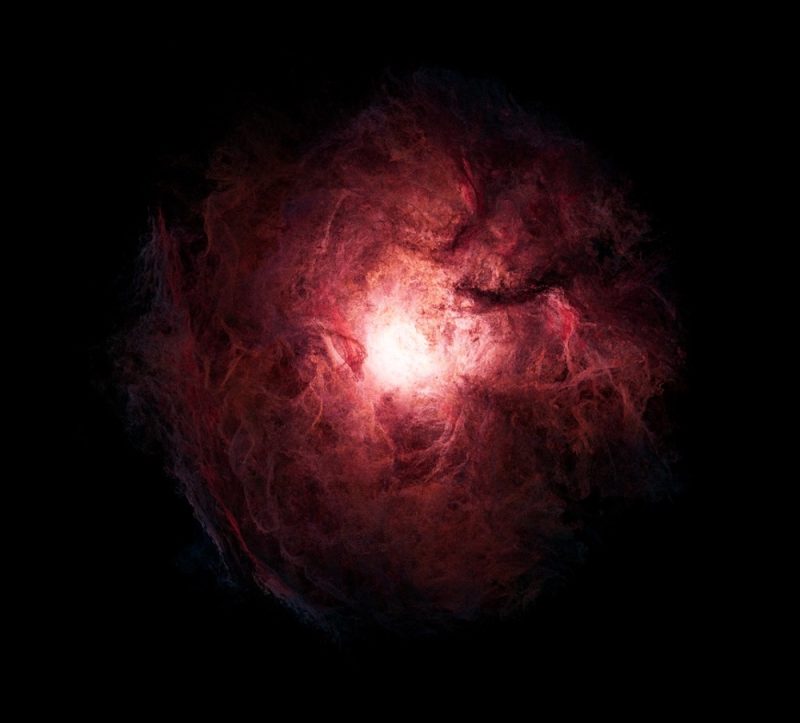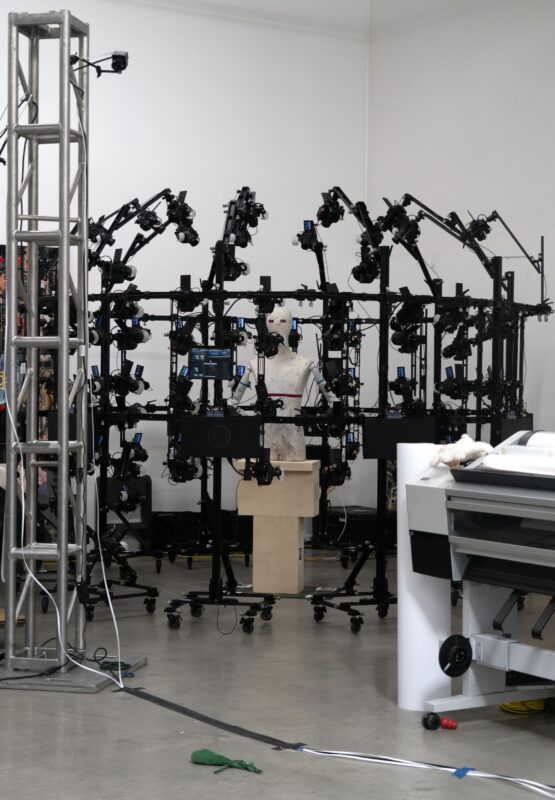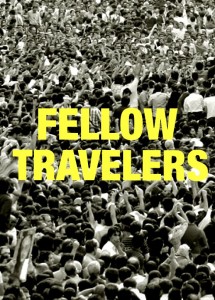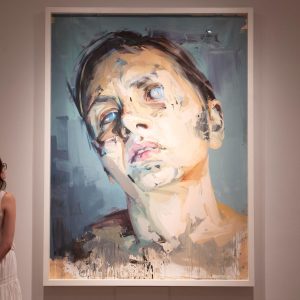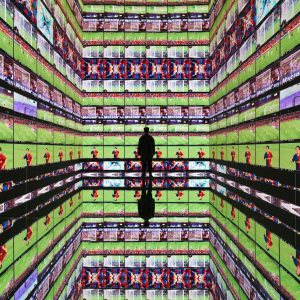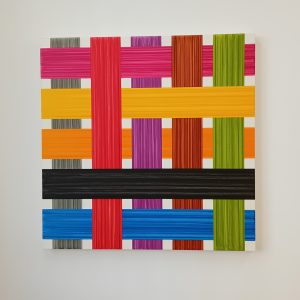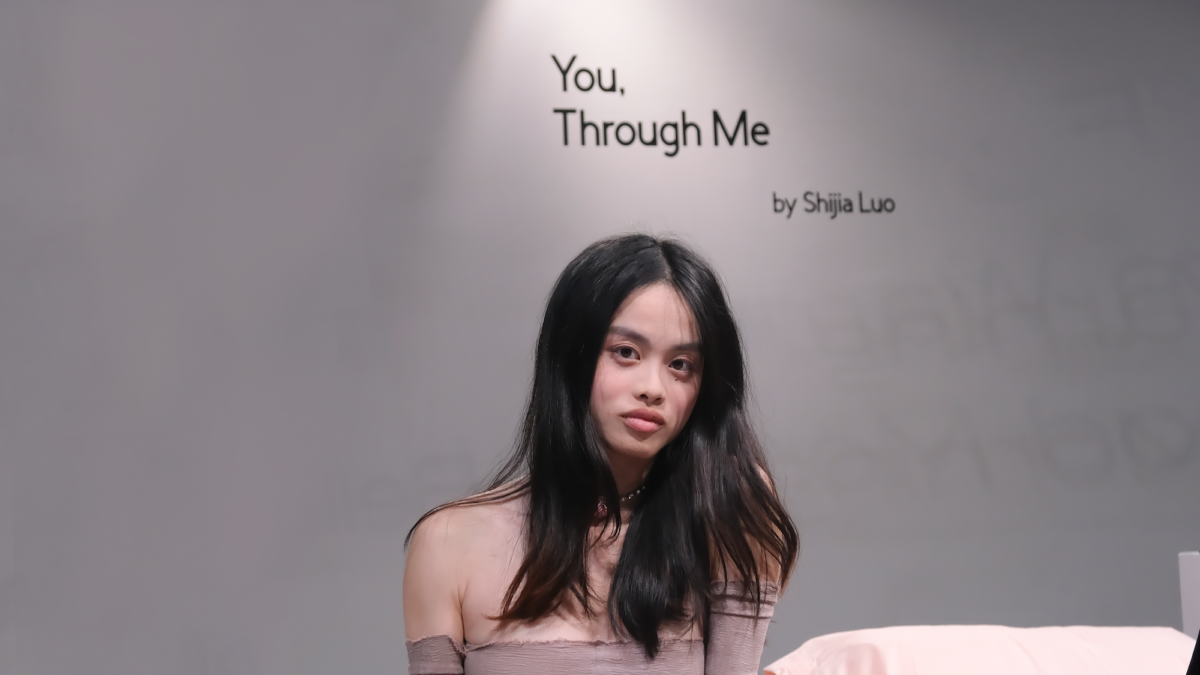
A recent solo exhibition at the 4C Gallery in San Gabriel, Los Angeles, presents an interesting exploration of narrative-driven virtual reality (VR) within the confines of physical space. The artist, Shijia Luo, is a multi-disciplinary visual artist and designer dedicated to storytelling through visuals in all forms of media. Titled “You, Through Me,” the exhibition immerses viewers in a speculative future where human existence is deeply intertwined with advanced human-made technology. Through a meticulously crafted VR experience, Luo invites audiences to contemplate the evolving nature of identity and relationships in an increasingly virtual world.

Using Meta Oculus Quest 3, Luo crafts a multi-layered narrative that unfolds across three distinct scenes. The journey begins in the narrative’s protagonist, Bella’s apartment, where audiences find themselves inhabiting the same space as the character. From there, they move seamlessly into AI-generated visuals depicting key moments from the story, before culminating in an auditorium where the entire VR experience is stitched together in chronological order.
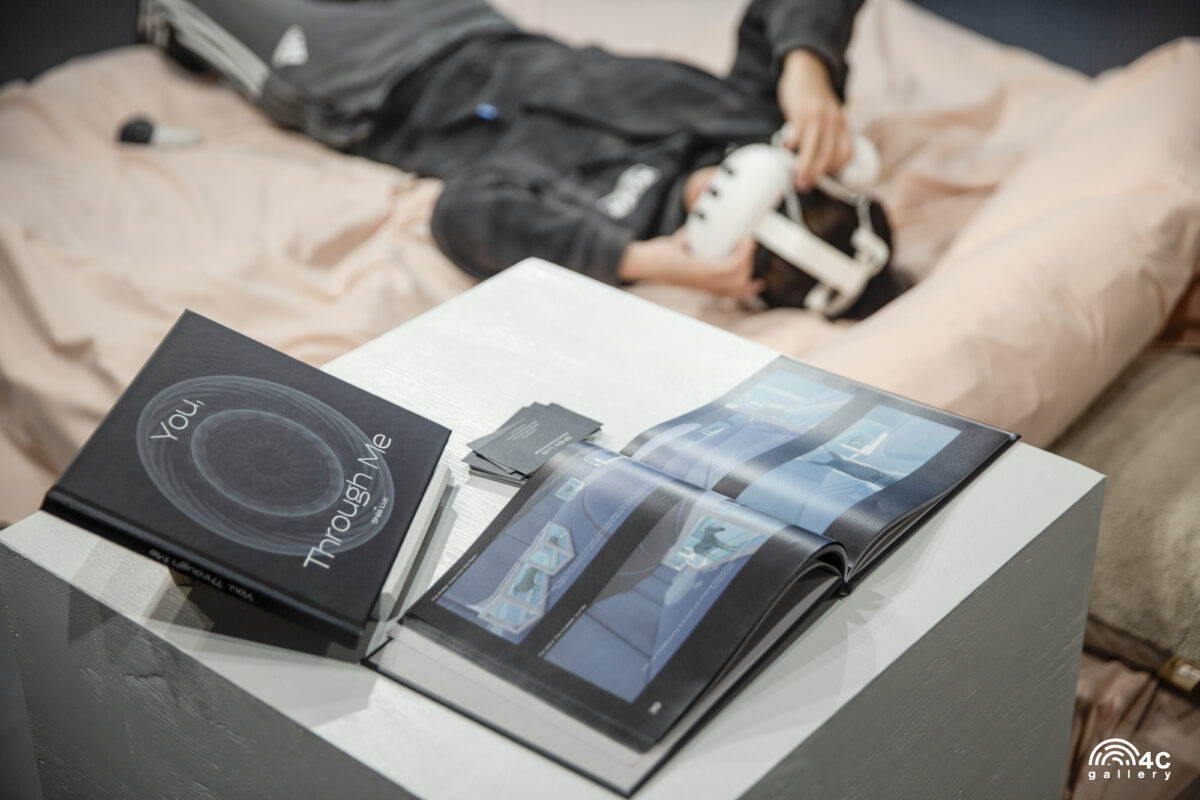
Rooted in her exploration of speculative design and design fiction, the narrative delves into the evolution of the human-made while examining human relationships. This approach inspired the creation of Sym Oasis 2060, a fictional world era rich with artefacts like Sym chips, Sym-V synchronization systems, and Cookies offering customized reflections. The exhibition provided a seamless blend of physical and virtual experiences, eliciting excitement and curiosity from audiences as they transitioned between realities within the gallery space.
Central to Luo’s exploration are two key variables: human-made technology and interpersonal connections. By amplifying these variables to their extreme extents, the exhibition prompts viewers to consider the profound impact of technological advancement on human relationships. By mediating the extent that the human-made are empowered to involve with humans, a core discussion was addressed. If identity is made as we respond to our environment, to what extent can we have a self-made identity when so many of our experiences are mediated by the human-made that have built-in assumptions about it?

Luo’s use of AI technology in the production process further enhances the immersive experience, pushing the boundaries of storytelling in VR. The incorporation of Midjourney AI during the world-building process conceptually resonates with the artefact of the cookie, which was an algorithm-based visual reflection depending on the relevance of the subject.
Notably, the exhibition offers minimal interaction with viewers, allowing them to navigate the narrative at their own pace. This approach mirrors the structure of an immersive live drama, granting audiences agency over their interactive journey. By eschewing traditional hints or prompts, Luo encourages viewers to uncover the narrative’s intricacies organically, fostering a sense of individual ownership and perspective. Through Bella’s experiences as a host providing Sym-V tours, audiences witness firsthand the complexities of identity and presence in a virtual landscape, just as how the visitor of the narrative streams through the character Bella, who serves as a host of the embodied tour.
One of the exhibition’s most striking moments occurs within Bella’s personal narrative arc, where emotional disturbances disrupt the Sym system. Through visceral visualizations, Luo vividly captures the chaos of a turbulent mind, highlighting her answer to the discussion by giving the subtle shift from technology to human emotion.
According to Luo, the work of Damien Hirst, the Physical Impossibility of Death in the Mind of Someone Living, is a parallel reflection of the scenario of the two characters, one being physically present as the host while the other being virtually streaming as a visitor – the physical impossibility of presence in the mind of someone who is absent. It triggered the development of sharing cookies of Bella’s, as Mr.Z would like to find out more unique perspectives not just through her eyes, but her mind.
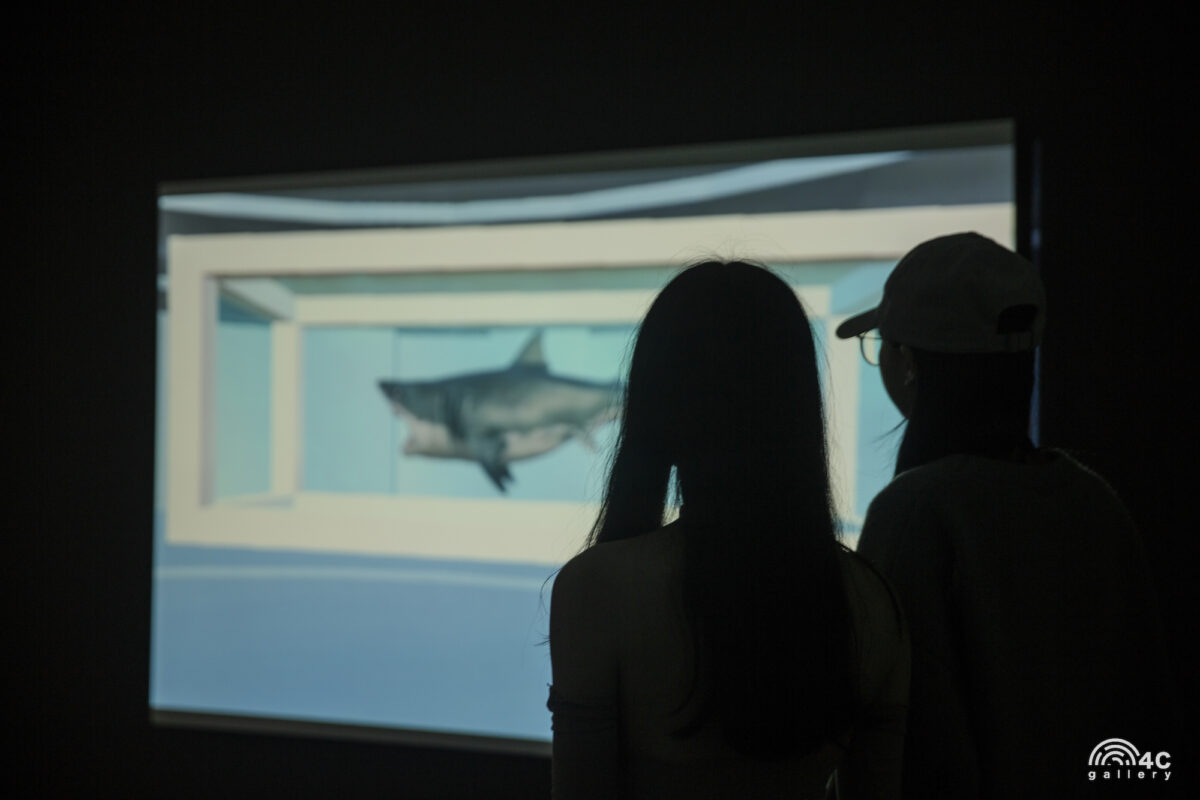
In conclusion, Shijia Luo’s “You, Through Me” offers a thought-provoking exploration of identity, technology, and connection in the virtual frontier. Through the smooth transition between physical and virtual elements, Luo invites audiences to embark on a journey of introspection and discovery. As VR continues to evolve as a medium, exhibitions like “You, Through Me” push the boundaries of storytelling, challenging us to reconsider our relationship with technology and each other in an ever-changing world.
